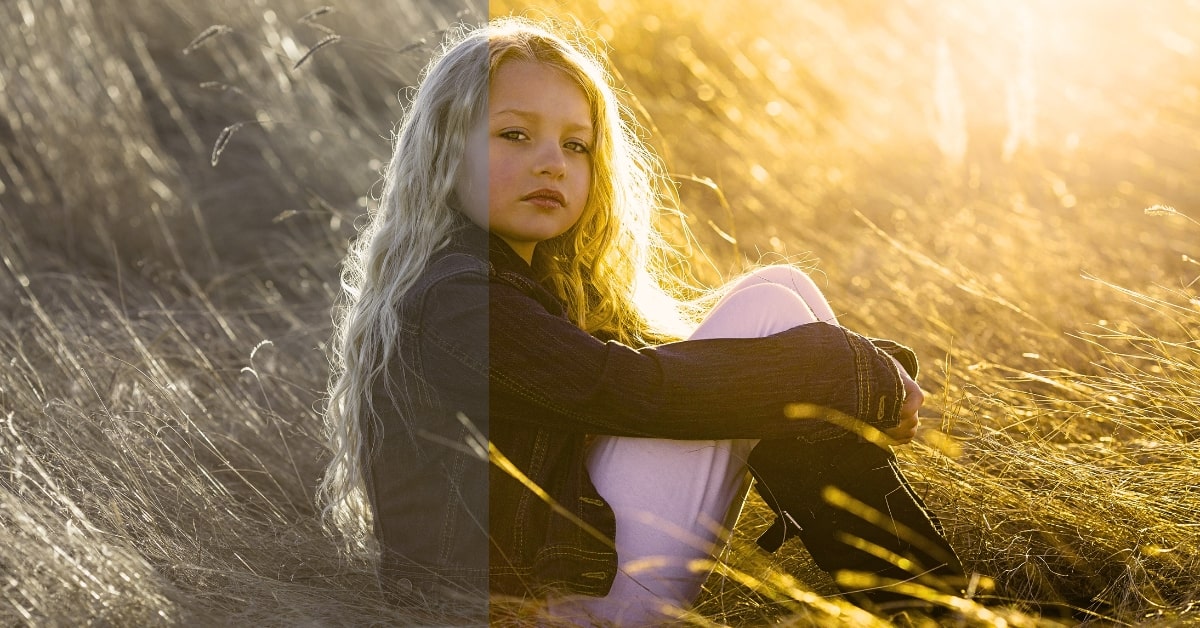Custom color correction is a powerful tool in the hands of photographers, offering the ability to fine-tune colors, tones, and contrast to achieve the desired look and feel in images. Whether it’s enhancing the vibrancy of a landscape, perfecting skin tones in portraits, or creating a cohesive aesthetic for a series of images, custom color correction allows for endless creative possibilities. In this comprehensive guide, we’ll explore the art of custom color correction, from understanding the basics to advanced techniques for achieving stunning results.
Understanding Custom Color Correction
Custom color correction involves manually adjusting colors, tones, and contrast in images to achieve a specific visual outcome. Unlike automatic or preset-based corrections, custom color correction allows photographers to tailor their edits to the unique characteristics of each image and their creative vision.
Importance of Custom Color Correction
- Creative Control: Custom color correction gives photographers full control over the look and feel of their images, allowing them to express their artistic vision and style.
- Personalization: By customizing color correction, photographers can tailor their edits to suit the subject matter, mood, and atmosphere of each image, creating a personalized and distinctive aesthetic.
- Consistency: Custom color correction ensures consistency across a series of images, maintaining a cohesive look and feel that ties the images together and reinforces the photographer’s brand or style.
- Quality and Professionalism: Professional-grade color correction adds a polished and professional touch to images, demonstrating attention to detail and technical proficiency.
Techniques for Custom Color Correction
- White Balance Adjustment: Start by adjusting the white balance to correct any color casts and ensure accurate color reproduction. Use the eyedropper tool or manual adjustments to achieve the desired white balance, taking into account the lighting conditions and overall mood of the image.
- Selective Color Editing: Use selective color editing techniques to target specific colors or areas of the image for adjustment. This allows for precise control over color and tone adjustments, ensuring that changes are applied only where needed.
- Curves and Levels Adjustment: Fine-tune colors, tones, and contrast using curves and levels adjustment layers. Adjust individual color channels to correct color casts or enhance specific colors, and use curves to fine-tune contrast and tonal range.
- Gradient Maps and Color Grading: Experiment with gradient maps and color grading techniques to add a unique look and feel to your images. Create custom color presets or use predefined color grading presets to quickly apply consistent edits across multiple images.
FAQs
How do I know which colors to adjust in custom color correction?
Start by evaluating the overall color balance and mood of the image, then identify any areas that appear off or need enhancement.
Can I apply custom color correction to multiple images at once?
Yes, many photo editing software programs allow you to create and apply custom presets or actions to batch-process multiple images at once.
What is the difference between custom color correction and automatic color correction?
Automatic color correction relies on algorithms to analyze and adjust colors in an image, often resulting in generic or cookie-cutter edits. Custom color correction, on the other hand, involves manual adjustments tailored to the specific characteristics of each image and the photographer’s creative vision.
How can I learn more about custom color correction techniques?
There are many resources available online, including tutorials, courses, and forums, where you can learn and exchange ideas about custom color correction techniques.
Conclusion
Custom color correction is a versatile and essential tool for photographers seeking to elevate their images and express their creative vision. By understanding the fundamentals of color theory, mastering advanced editing techniques, and experimenting with different styles and aesthetics, photographers can achieve stunning results that captivate viewers and convey the mood and atmosphere of the scene. Whether enhancing colors in a landscape, perfecting skin tones in portraits, or creating a cohesive aesthetic for a series of images, custom color correction offers endless possibilities for creative expression and visual storytelling.
This page was last edited on 29 February 2024, at 9:19 am
